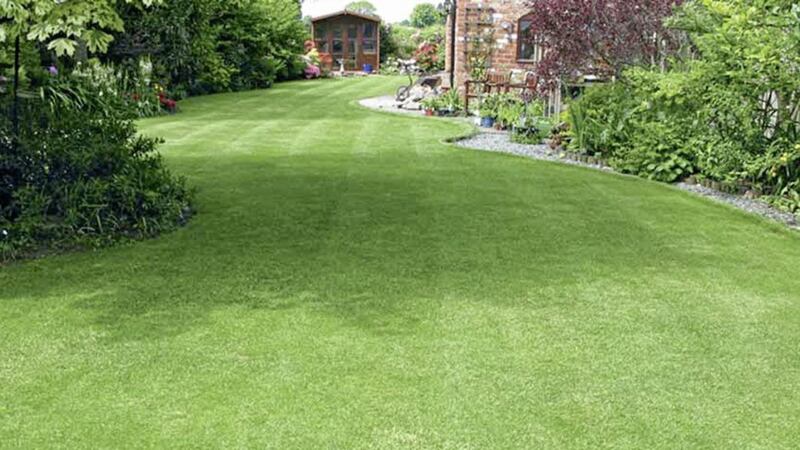LIFE comes at you fast. Brexit, the Covid-19 pandemic and Liverpool’s shocking season as title holders have shown us that nothing is ever certain. Events can change behaviour and opinion, and even shift paradigms, almost overnight, very often without us even being conscious of it.
Ten years ago, at this time of year, this column would have included an obligatory item on spring lawn care. Readers would have been told how to remove thatch by scarifying, how to improve drainage through aerating, before fertilising with a so-called weed ’n’ feed application that kills dicots like daisies but leaves your grass ‘healthy’. It may even have got deeply esoteric with a mention of sharp sand/loam/compost ratios for the final top dressing.
But I’ve grown up over the past decade and so too have many gardeners.
This column has before noted how the lawn’s days are numbered, or at least what we have traditionally regarded as a ‘lawn’ is no longer de rigueur for an increased number. Joining the growing chorus of those who’ve fallen out of love with those once universally popular expanses of neat, closely-clipped grass is BBC Gardeners’ World presenter Monty Don. Earlier this month he called on gardeners, especially men, to ease off the “obsession” with a tidy lawn. Keeping the grass in order tends to be a male trait, which is about “control”, he said.
Monty’s right. There is no greater manifestation of the patriarchy in gardening than the lawn. Always maintained by the man of the house, often astride a ride-on mower, lawns are typically the most uninteresting aspect of a good garden, the anthesis of creativity and diversity. When you’ve a young family, it’s a privilege to have your own grass to play on but some men persevere long after the kids are grown up, taking maintenance to pristine extremes as they channel their inner-groundsman.
“Cutting grass burns lots of fossil fuel, makes a filthy noise and is about the most injurious thing you can do to wildlife,” Monty said.
“Whereas letting grass grow, which is, after all, a pretty passive thing to do, is probably the single most effective thing you can do in any garden of any size to encourage particularly insect life, but also small mammals, invertebrates, reptiles.”
Britain’s most famous gardener argues that we have moved on and the centuries-old desire for short grass is passé. It’s time to embrace a new spirit that acknowledges that the garden isn’t solely about human experience and a fresh aesthetic that celebrates a bit of unruliness and spontaneity.
Making the transition from order to something a little more unwieldily isn’t straightforward, however, because ultimately you want to retain a degree of control rather than being subsumed by brambles and scutch grass – though that would be great for wildlife.
Spring or autumn is the best time to act, though this should actually spell inaction with the suspension of a weekly mow. Or perhaps you could begin by cutting some areas and leaving others a little wilder. This is a look that would benefit immeasurably from the judicious deployment of spring flowering bulbs such as crocuses, daffodils or snake's-head fritillary that’ll grow among the long grass.
The idea is not to let nature take over completely but to make more room for it.








